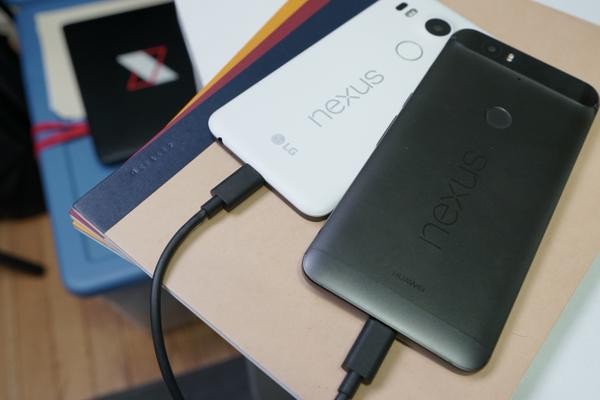Huawei is working on its own notebook that incorporates a Kirin chipset to compete with Xiaomi's upcoming laptop.
The leaked image suggests that the notebook will be named as Huawei MateBook. According to the latest report, Huawei MateBook will be capable of running a dual Operating System. It is highly expected that Huawei will be launching its MateBook very soon, with both Android and Windows OS.
The Android base will support Android versions of lollipop and higher, while the Windows base is said to support only the latest Microsoft Windows 10.
Last year, it was reported that Huawei was working on developing its own Operating System called the Kirin OS. The OS was under development for three years, and the chipset with which it will be integrated was not revealed. But a recent buzz from the Chinese smartphone maker Huawei suggests that the OS will use Kirin 940 or Kirin 950, supplemented by an i7 co-processor.
Huawei has been very keen on incorporating its own hardware for a mobile chipset. Huawei Mate 8 smartphone that was released in November 2015 is manufactured with a built-in 1.8GHZ HiSilicon Kirin 950 processor. This octa-core processor is an entirely Huawei made, with chipset that supports 3GB of RAM. Since Huawei Mate 8 is also the company's flagship smartphone, it is said that the same Kirin chipset that was used in Mate 8 will be powering the upcoming Huawei MateBook.
The most exciting aspect about the MateBook is that it will sport a stylus, which will impart a major difference in its outlook, thus making it compete with Apple iPad Pro and Microsoft Surface Pro 4. With such a chipset and competing models, the MateBook will charge very high dollars but may appear cheaper compared to iPad Pro and the Surface Pro 4.
(Disclaimer: Views and opinions expressed in this article are those of the author and not necessarily those of Yibada.)






















